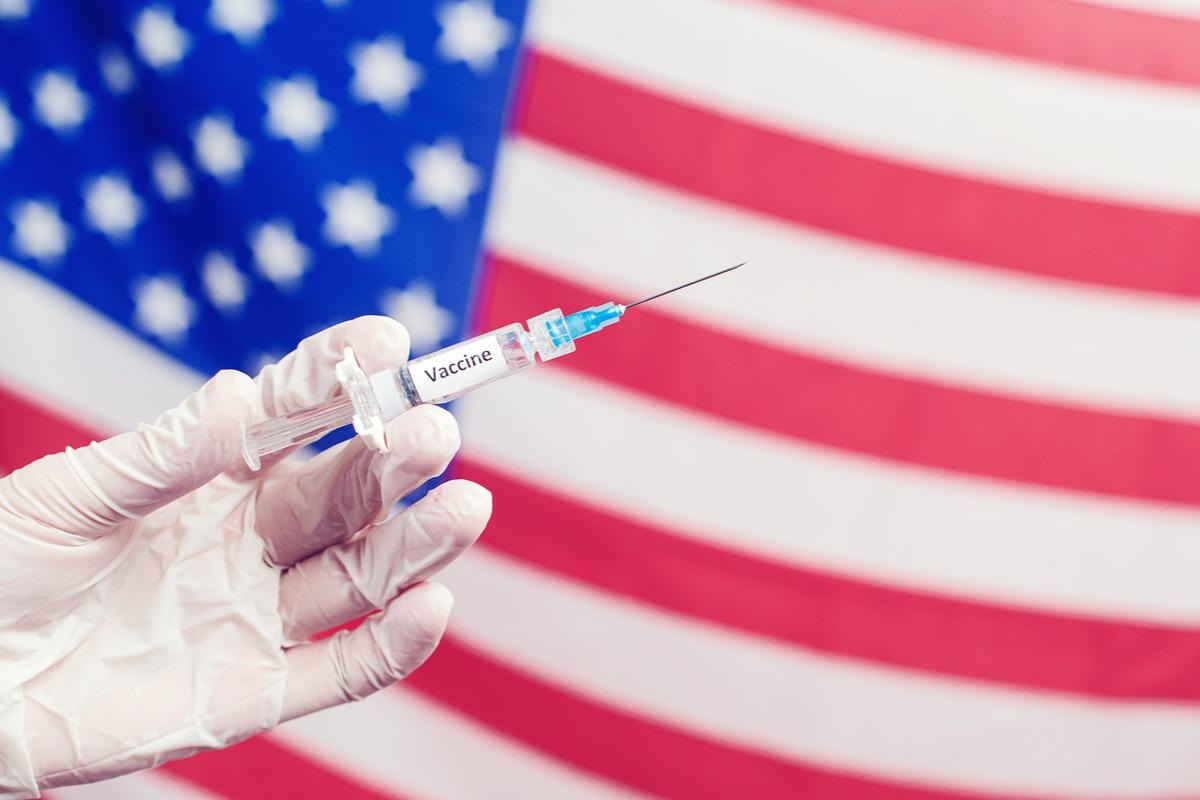In a study published in the latest issue of the Proceedings of the National Academy of Sciences of the USA (PNAS), a team of researchers demonstrated the effect of different heterologous vaccine interventions (HVIs) on coronavirus disease 2019 (COVID-19) caseloads, hospitalization, and mortality in the US.
 Study: Heterologous vaccination interventions to reduce pandemic morbidity and mortality: Modeling the US winter 2020 COVID-19 wave. Image Credit: Volurol/Shutterstock
Study: Heterologous vaccination interventions to reduce pandemic morbidity and mortality: Modeling the US winter 2020 COVID-19 wave. Image Credit: Volurol/Shutterstock
COVID-19 continues to be a health hazard globally, as highly transmissible severe acute respiratory syndrome coronavirus 2 (SARS-CoV-2) variants are infecting the vaccinated populations of high-income countries, mitigating the effects of targeted vaccination. Elsewhere, especially in low- and middle-income countries, COVID-19 vaccination rates are poor, making the pandemic situation even worse.
The heterologous cross-protective effects of vaccines strengthen the immunological resilience of the vaccinated population; however, if the use of HVIs is to be seriously considered by policymakers in pandemic settings to augment non-pharmaceutical interventions (NPIs) and specific vaccination efforts, evidence is needed to determine their optimal implementation.
About the study
The published paper described how the addition of even minimally efficacious HVIs to ongoing NPIs would have reduced COVID-19 caseloads, hospitalization, and mortality during the winter 2020 COVID-19 wave in the US.
The researchers used the publicly available COVID-19 consortium model (CoMo) to estimate the trajectory of COVID-19 in different scenarios in the US from February 16, 2020, to June 30, 2021.
The study model was calibrated for accurate predictions by adjusting parameters related to SARS-CoV-2 activity, hospitalization, and mortality, temporally adjusted NPIs such as handwashing, mask-wearing, social distancing, and self-isolation, and COVID-19 treatments such as dexamethasone therapy introduced in the second half of summer 2020 in the US.
Based on COVID-19 vaccination campaigns criteria, for their experiments, the researchers applied age thresholds of 20+, 40+, and 65+ years, and the starting date for the vaccination campaign of each month from September 2020 to February 2021. For estimating the risk of COVID-19 hospitalization and mortality (if infected), three levels of heterologous vaccine efficacy used were -5, 10, or 15%. Due to the brief duration of the study, close to one year, the researchers assumed no temporal waning of heterologous effects.
Study findings
Using the US experience of COVID-19 through spring 2021 as a reference, the CoMo modeling results showed that introducing logistically realistic HVIs, at effectiveness between 5% and 15%, to ongoing NPIs could substantially reduce COVID-19 caseloads, hospitalization, and mortality in the US winter 2020 wave. However, the effectiveness of HVIs depended greatly on the timing of HVI implementation concerning COVID-19 onset and age targeting. Therefore, targeting HVI campaigns to both elderly and non-elderly populations and initiating these campaigns during the highest COVID-19 growth phase led to the highest reduction in COVID-19 morbidity and mortality. A notable improvement was seen even during the upsurge of the COVID-19 cases.
Furthermore, the HVI interventions delayed peak COVID-19 mortality and hospitalizations sufficiently for vaccination campaigns to gain traction; thus, simulations showed delayed peak mortality as the proportion of the vaccinated population increased, creating a bridging intervention that potentially could have saved hospitalization and prevented non-hospitalized cases that could have evolved into long COVID.
The model also realistically differentiated the likelihood of case finding based on COVID-19 symptomaticity. Instituting HVIs with broad age targeting declined combined reported and unreported cases, compared to reported cases alone, primarily due to a lower rate of symptomaticity among younger SARS-CoV-2-infected individuals. This reduction in unreported cases among the young population was critical in reducing spread to older individuals, thereby reducing overall population-wide mortality.
Conclusions
To summarize, HVIs may be useful for delaying and reducing peak COVID-19 transmission in both minimally and highly vaccinated countries. HVIs could delay or reduce COVID-19 transmission during peak time in the former. In the latter, these interventions may lower infection rates and hospitalizations and COVID-19 deaths during surges induced by vaccine-escaping SARS-CoV-2 variants such as Omicron.
However, it is difficult to completely flatten the curve of the COVID-19 pandemic in the majority of low-and middle-income countries where, because of lack of vaccine availability or other factors, COVID-19-specific vaccine campaigns have not fully sensitized their populations against SARS-CoV-2. In other scenarios, HVIs may provide a quick boost to the immune system in less than three weeks which is lesser than the time taken by targeted vaccines.
To conclude, HVIs may be used, along with NPIs, as a tool against future pandemics and breakthrough infection risk from more transmissible viruses or SARS-CoV-2 immune-escaping variants by public health officials.